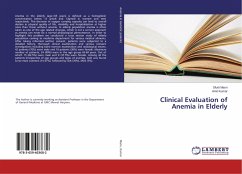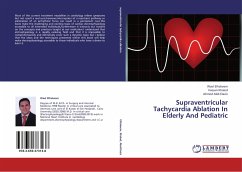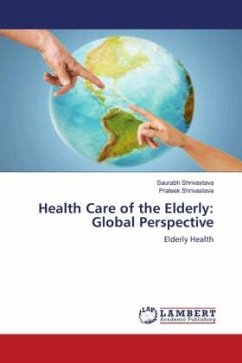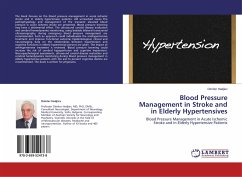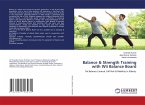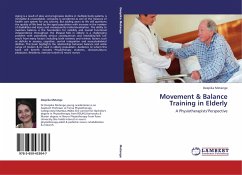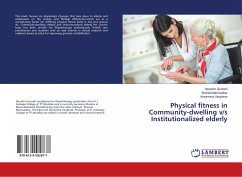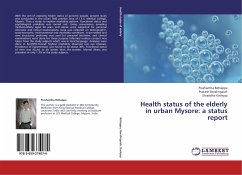Anemia in the elderly (age65 years) is defined as a hemoglobin concentration below 12 gm/dl and 13gm/dl in women and men respectively. This decrease in oxygen carrying capacity can lead to overall decline in physical quality of life, disability and hospitalization at higher rates than those without anemia. In elderly population anemia is often taken as one of the age related changes, which is not a correct approach as anemia can never be a normal physiological phenomenon. In order to highlight this problem we conducted a cross section study of elderly population coming to medicine department for various medical ailments. After taking informed written consent, patients were subjected to a detailed history, thorough clinical examination and various relevant investigations including bone marrow examination and radiological means. 42 patients (70%) were male and 18 patients (30%) were female. Maximum number of patients, 24 (40%) were in the age group 65-69 years. Out of which 15 (62.5%) were male and 9 (37.5%) were female. Among all the patients (irrespective of age groups and types of anemia), ACD was found to be most common (41.67%), followed by IDA (35%), MDS (5%).
